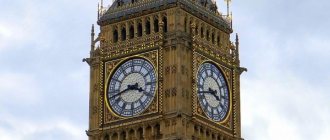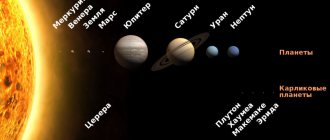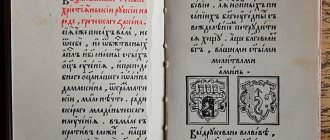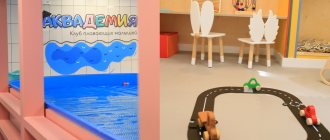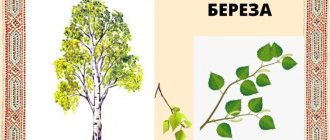Founding of the capital
Moscow is a huge, beautiful city with a special atmosphere, a unique past and centuries-old traditions. Every day a large number of people from different cities and countries come to it to study and work, as well as to see the sights.
Today Moscow is the capital of Russia. It was first mentioned in 1147 as the village of Moscow. According to ancient chronicles, Grand Duke Yuri Dolgoruky ordered the small settlement, which was located on a hill where two rivers - the Moscow River and Neglinka - merged, to be surrounded by a high wooden wall (city). He surrounded the wall with a deep ditch and nicknamed this place Moscow City.
The founding of the city had a positive effect on the inhabitants. It was very conveniently located, since major trade routes passed through it. This contributed to the further growth and development of Moscow.
By decision of Prince Ivan Kalita, Moscow became the capital of Rus' in 1328. By this time, the city's territory had become larger and the population had increased significantly.
Prince Dmitry Donskoy ordered the demolition of the old wooden walls and erected new ones made of white stone instead. From that moment on, Moscow began to be called White Stone.
Interesting about modern times
What interesting facts about modern Moscow can you tell children?
- The modern business district "Moscow City" emerged only in the early 2000s.
- The Kremlin is the largest European fortress that has survived to this day.
- The Victory Monument is the tallest monument in the capital.
- In 1994, a law was introduced, which is still in force today, prohibiting dogs from barking between 11 pm and 7 am. If the owners do not take care of their pet, they are fined.
- Moscow is home to the largest number of billionaires in the world. New York is in second place for these indicators.
- The tallest television tower in Europe is Ostankino, located in the capital of Russia.
Cultural development of Moscow
Moscow had the status of capital until 1712, after which Peter I assigned it to St. Petersburg. It was returned only after 1917. But during this time Moscow continued to develop in all directions. Moscow State University (MSU) was opened with the direct participation of the great scientist M.V. Lomonosov. Two gymnasiums appeared - one for the children of the nobility, and the second for the children of commoners and merchants.
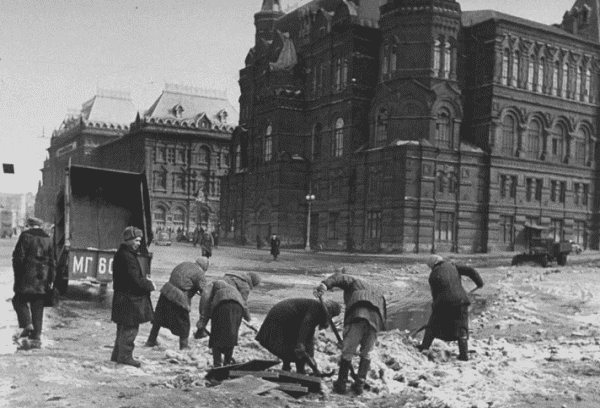
The War of 1812 brought great grief to the residents of Moscow, when the city was completely destroyed by fire. However, after the victory of the Russian army over Napoleon's army, it was restored. Thus, Moscow again became a cultural and economic center.
Today, part of the ancient city is located in the very center of the capital. It includes historical buildings, estates and other objects. On the territory of the Kremlin there are religious buildings that are known all over the world: the Arkhangelsk, Annunciation and Assumption Cathedrals.
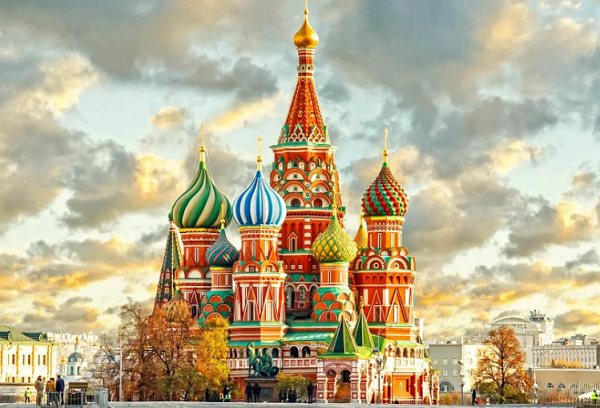
There are more than 60 theaters, about 100 museums, 75 higher educational institutions, and galleries in the metropolis. More than 4,000 libraries operate for Muscovites and guests of the capital, including the famous “Leninka” (Lenin Library).
The Moscow transport system is unique, which includes railway stations, airports, public transport, and the metro. Some metro stations are architectural monuments. The metro continues to develop and opens new stations for passengers every year.
The Moscow government is doing everything possible to ensure a comfortable stay for Muscovites and guests of the capital. The infrastructure is developing and the city is becoming more modern and practical.
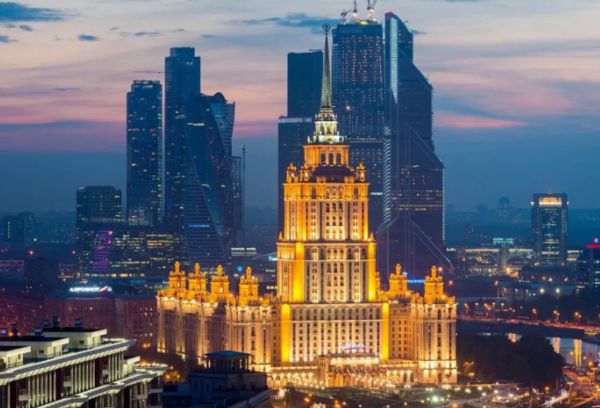
Brief history of the Tretyakov Gallery for children
The famous Russian gallery originates from the private collection of merchant Pyotr Mikhailovich Tretyakov. The official date of creation is considered to be 1856. The first exhibition was opened in Zamoskvorechye in 1867 and was called “Moscow City Gallery of Pavel and Sergei Tretyakov.” In 1892, Pavel Tretyakov donated his gallery to the city, although he remained the main manager until the end of his life.
Initially, the exhibitions opened in the Tretyakov house on Lavrushinsky Lane, then there were not enough premises, and other buildings began to be added to the residential buildings specifically for the exhibition. The famous facade based on Vasnetsov’s paintings was built by 1903.
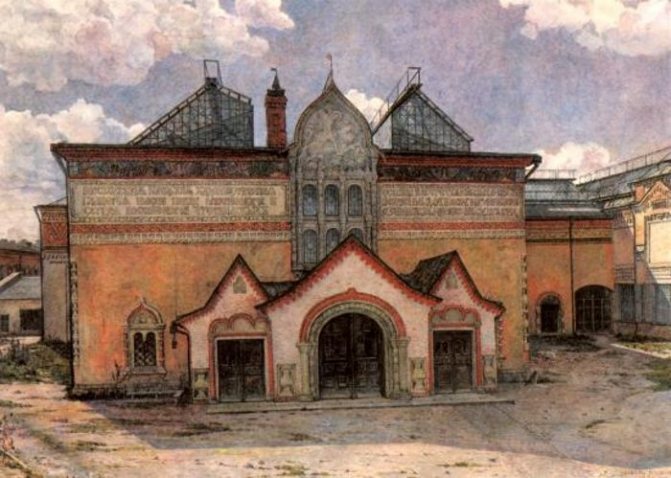
Image of the Tretyakov Gallery by Pavel Corey
After the revolution, the gallery was nationalized. The area of the gallery was constantly increasing due to the addition of neighboring buildings to it. In 1932, the closed Church of St. Nicholas in Tolmachi was taken over by the gallery to store exhibits.
During the Second World War, the exhibits were evacuated to Novosibirsk; the exhibition returned to Moscow only in May 1945.
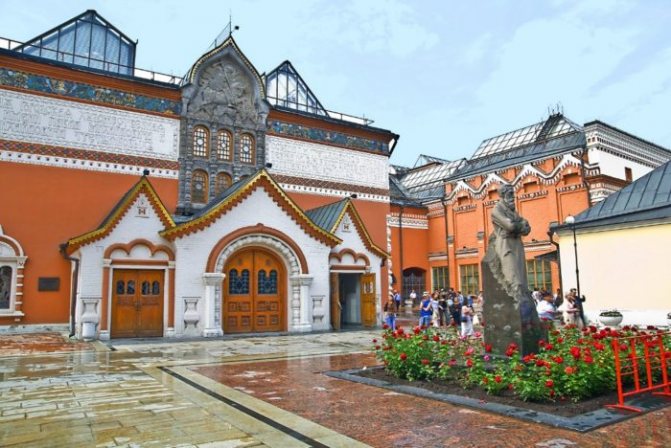
Modern view of the Tretyakov Gallery
In 1985, the Tretyakov Gallery was merged with the State Art Gallery, and today the State Tretyakov Gallery is a complex consisting of buildings in Lavrushinsky Lane and Krymsky Val, as well as the Church of St. Nicholas in Tolmachi.
Attractions
Moscow is a huge city and it is impossible to see all the sights in one day. There are a large number of beautiful and significant places in the capital: ancient monuments, museums, parks and beautiful places:
- The main attraction of the capital is Red Square and the Kremlin. The territory of the Moscow Kremlin is surrounded by a high red brick wall and towers. On the largest tower, which is called Spasskaya, there is a clock. Inside there are churches, museums, monuments, as well as buildings where the Russian President and government work. Here is the Tsar Bell and the Tsar Cannon. They have this name because of their huge size.
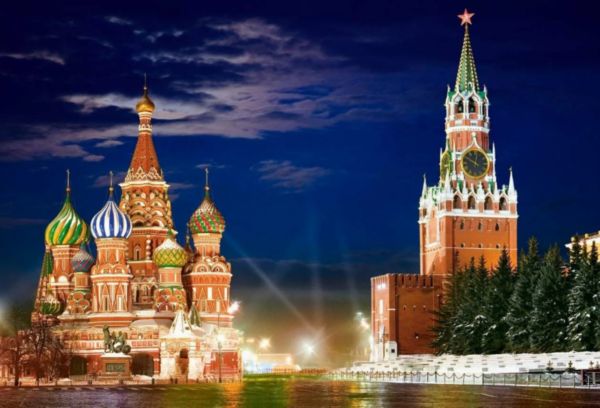
- An equally significant attraction is the Alexander Garden. It is located next to the Kremlin. This is a very beautiful park, divided into 3 zones. The park has cozy alleys, beautiful lighting and benches for relaxation. Its construction began during the restoration of Moscow after the fire.
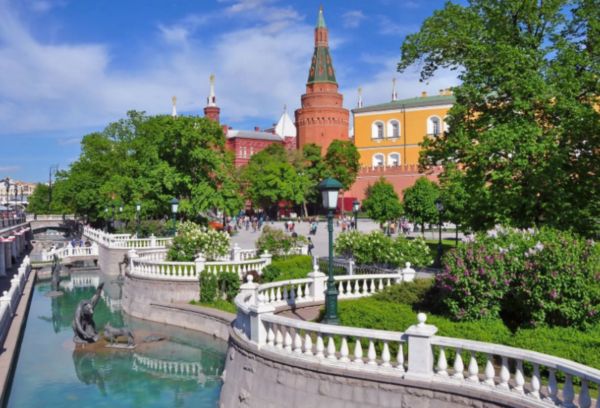
- VDNH is a huge exhibition complex. Every tourist who comes to Moscow visits it. There are museums, exhibitions, and various exhibition pavilions on the territory. Cultural and entertainment events are regularly held there. People come here to visit Europe's largest aquarium and center for the study of seas and oceans.
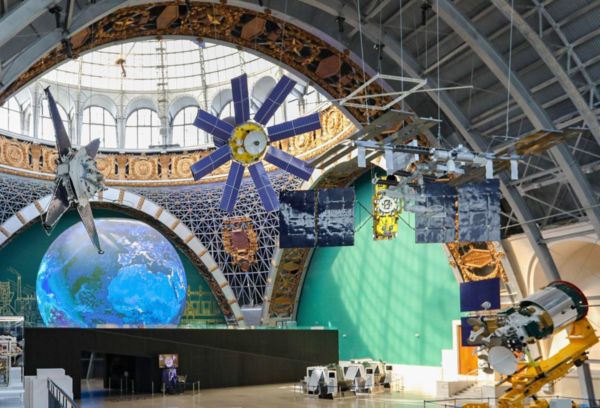
- The Ostankino TV tower has 45 floors. Excursions to it are conducted by experienced guides who tell interesting facts about the history of the creation of this attraction. Inside you can buy drinks and look at Moscow from above. Tourists from all over the world flock here every year.
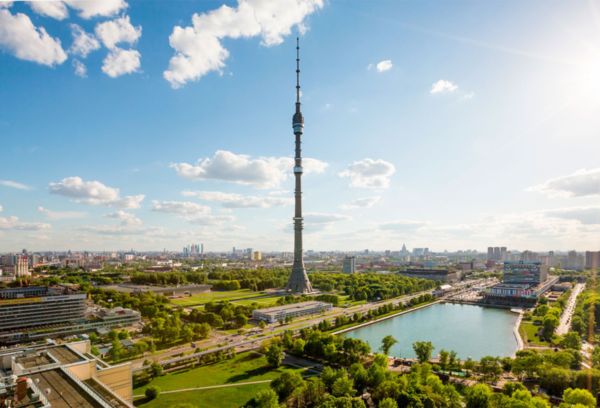
- The history of the largest department store (GUM) began in the 18th century. At that time, shopping centers opened on Red Square on the site of modern GUM. In Soviet times, this store was considered the most important in the country. Today, famous world brands present their products in GUM.

- Arbat is the central city street. It is she who conveys the entire unique atmosphere of the city. People walk along it, street musicians play instruments and sing, and artists present their work to the public. Many famous people of our country once lived and worked here.
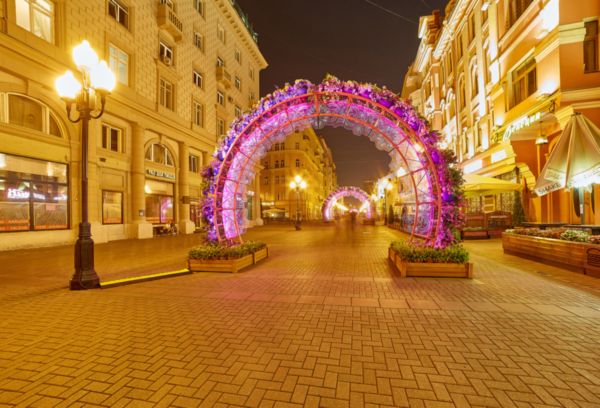
There are many observation platforms in the capital. You need to visit at least one to see Moscow from a bird's eye view. The most popular is Vorobyovy Gory. It is located next to Moscow State University. A visit to this site leaves an indelible impression of viewing the beauty of the city.
Tsar Bell and Tsar Cannon short story for children
The Tsar Bell was preceded by two other bells: the Godunov bell and the bell cast by order of Tsar Alexei Mikhailovich. It is noteworthy that both had a similar fate: they served for almost fifty years, but split due to severe fires.
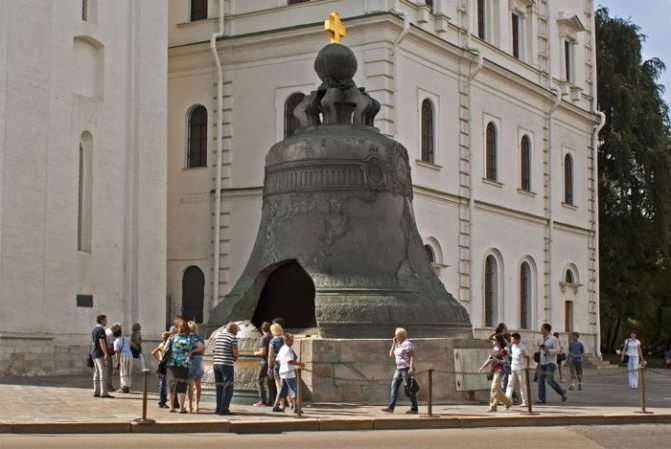
Tsar Bell in the Kremlin
Anna Ioanovna, in memory of her reign, decided to re-cast the last bell, and by her decree of June 26, 1730, she ordered the old bell to be melted down with the addition of tin and copper. It was assumed that the new bell would weigh about two hundred tons.
The work was undertaken by bell-making masters, father and son Motorina. Due to its large size, they decided to cast the bell directly in the Kremlin, for which they dug a hole ten meters deep in the square and placed a mold inside. The metal had to be melted in four furnaces at once, which were installed next to the pit.
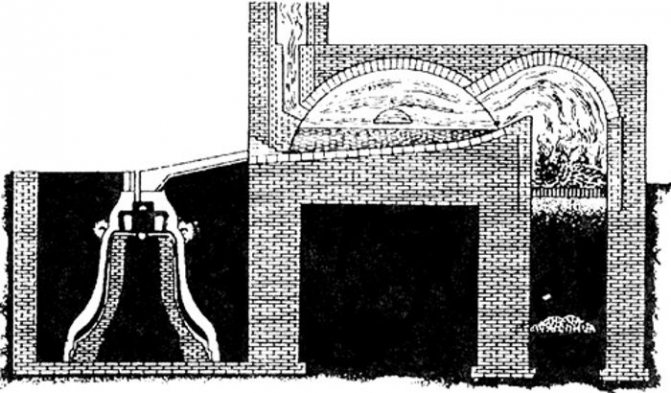
Pit for casting the Tsar Bell
The work on casting the bell did not go smoothly: first, two furnaces broke down in turn, then it turned out that there was not enough tin and copper, therefore, it was necessary to re-order and wait for the delivery of materials. But, despite the difficulties, the bell was cast on November 23, 1735. It was more than six meters in height and 6.6 meters in diameter. For its impressive size it was nicknamed the Tsar Bell.
But the new bell was never destined to ring, since already in the summer of 1737 there was a fire in the Kremlin, as a result of which the stage on which it stood burned out, as a result of which the bell fell into a hole, gave several cracks, and an eight-ton piece broke off from it . Repeated attempts to raise it after the fire were unsuccessful, and the Tsar Bell lay in the ground for almost a hundred years.
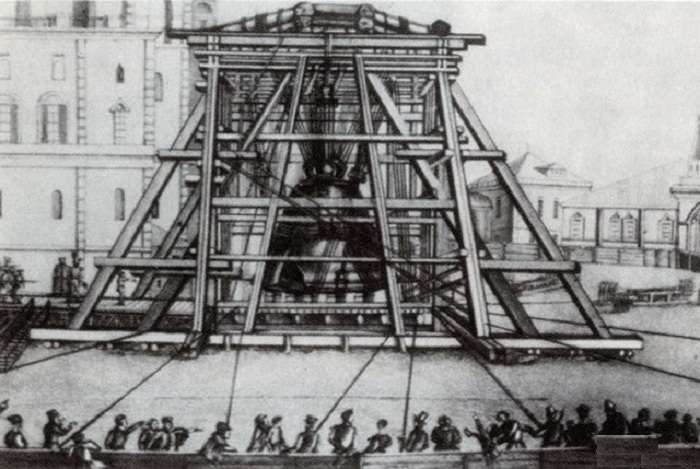
Raising of the Tsar Bell
Only in 1836, the Tsar Bell was installed on a pedestal by the French engineer Montferrand according to the design of the architect Mironovsky near the Ivan the Great Tower, where it is located today.
On the opposite side of the Tsar Bell in the Kremlin there is the Tsar Cannon - another masterpiece of foundry art. It was made of bronze by order of Tsar Fyodor Ivanovich by master Andrei Chokhov in 1586. It was nicknamed the Tsar Cannon because of its impressive size: it weighs almost forty tons, the diameter of the ornament is 1 m 34 cm, the outer barrel is 1 m 20 cm, the caliber is 89 cm.
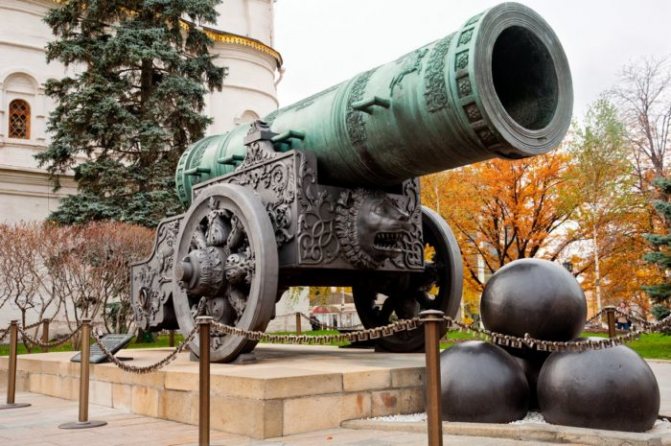
Tsar Cannon in the Kremlin
For a long time, the Tsar Cannon existed without carriages and simply lay on a pedestal. Only in 1835 was a cast-iron carriage with ornaments and decorative cores cast according to the sketch of the architect Pavel de Witte and engineer Bryullov.
Initially, the Tsar Cannon was installed on the Execution Ground for greater impression; in subsequent centuries, its location changed several times. The last time, in connection with the demolition of the old building of the Armory Chamber, it was moved to the belfry of the Ivan the Great Bell Tower, where it remains today.
There is an opinion that the Tsar Cannon was loaded several times, but according to scientists' research, it did not fire a single salvo, since its design does not allow this.
A little about interesting people
Children will be interested to learn about famous people who were born or lived in Moscow:
- Aleksandrov A.V. is a famous composer. Born in Moscow. Known as the author of the USSR anthem.
- Akhmatova A. A. is a famous Russian poetess. She lived in Moscow since 1918. She was closely connected with this city, since her son was in one of the capital’s prisons.
- Bruce Y. V. is the most educated person in the country during the time of Peter I. He was the first to draw up an accurate map of the territory of the Russian Empire.
- Repin I.E. is a famous Russian painter. He moved to the capital at the age of 23.
These and many other people (among them are Paustovsky K. G., Ranevskaya F. G., Nekrasov N. A., Pasternak B. L., Mayakovsky V. V., Mendeleev D. I., Bulgakov M. A. ) created the history of the modern capital of Russia.
